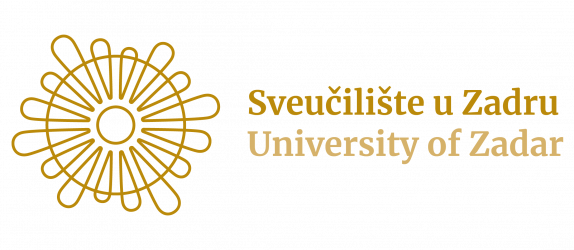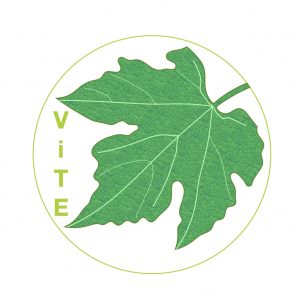“Untangling the bundle: language contact at the word level and below”
Workshop description
Code-switching and borrowing are two well-studied phenomena that are usually deemed distinct. Whereas code-switching generally refers to the alternation of different languages in a conversation, borrowing implies the idea that an element of one language is permanently adopted and integrated into another language’s lexicon. Code-switching therefore is observed at the syntagmatic level – resting on the assumption that an on-line switch occurs which is allowed by the bi- or multilingual competence of interlocutors (Muysken, 2001) –, while borrowing must affect the paradigmatic level as well – since chunks of a different language’s inventory of meaningful signs are assumed to have been adopted in a more stable and sedimented fashion, it is thus a diachronic process (Matras, 2009, p. 106). Given this general theoretical distinction, the boundary between the two phenomena is far from clear-cut (Gardner-Chloros, 2009), especially as soon as we consider code-switching (or -mixing) below the word level (e.g. Alexiadou & Lohndal, 2018 or Vihman, 2018) and compare it with the borrowing of morphemes as contact-induced language change (Gardani, 2020). While the distinction between the two remains speculatively the same, the empirical basis documenting the two phenomena can in principle overlap.
For this workshop, we invite contributions that address contact phenomena at and below the word level in the domain of both bilingual first language acquisition and language contact (especially in the context of minority languages).
References
- Alexiadou, A. & Lohndal, T. (2018). Units of language mixing: A cross-linguistic perspective. Frontiers in Psychology, 1719. 1-15.
- Gardani, F. (2020). Morphology and Contact-Induced Language Change. In: Grant, A. P. (ed.) The Oxford Handbook of Language Contact. Oxford University Press.
- Gardner-Chloros, P. (2009). Code-switching. Cambridge University Press.
- Matras, Y. (2009). Language Contact. Cambridge University Press.
- Muysken, P. (2001). Bilingual speech. A Typology of Code-Mixing. Cambridge University Press.
- Vihman, V. (2018). Language Interaction in Emergent Grammars: Morphology and Word Order in Bilingual Children’s Code-Switching. Languages 2018, 3, 40.
Invited speaker
Francesco Gardani (University of Zurich)
Thoughts on morphological spread


